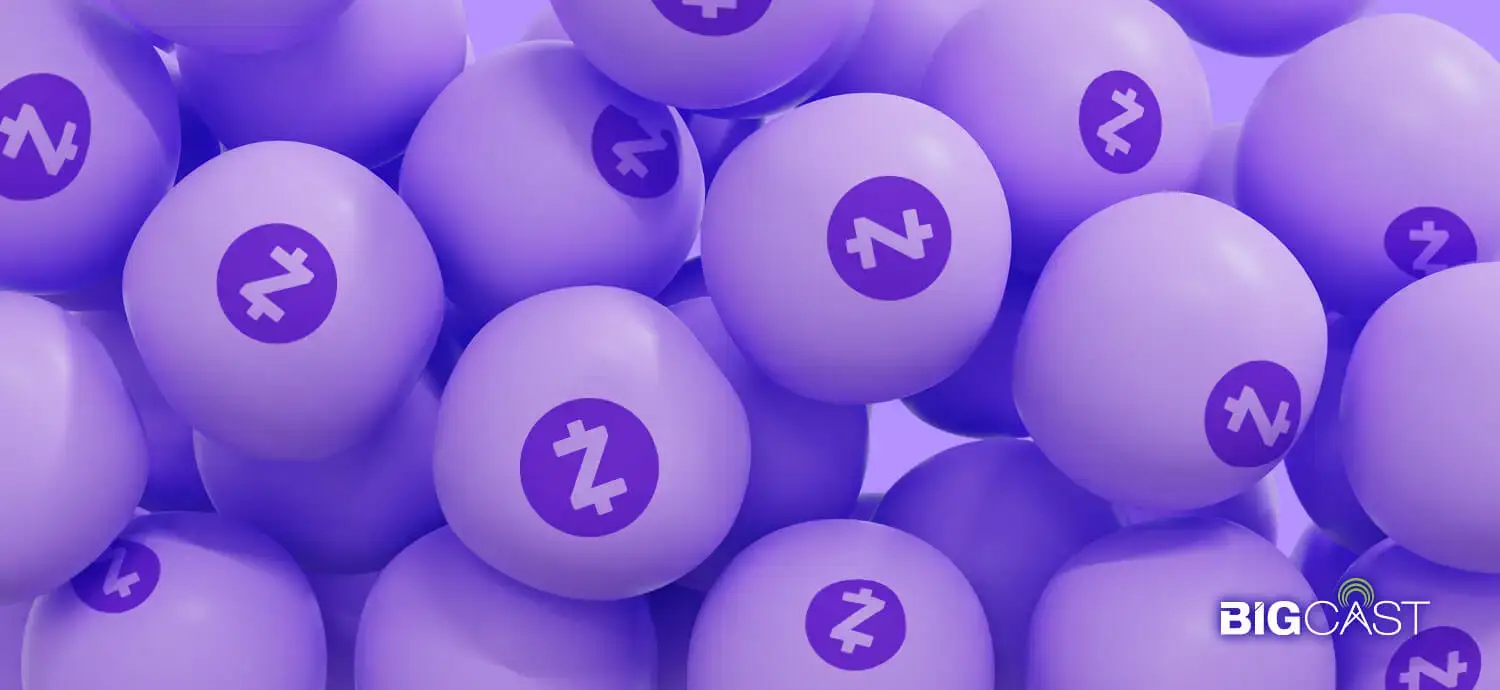Keep pace with the rapidly evolving fintech industry by subscribing to the BIGcast Network. Get weekly insights from industry leaders John Best and Glen Sarvady, delivered straight to your preferred podcast platform. Join our community and stay informed about the latest trends shaping the credit union industry. Subscribe today and ensure you’re always ahead of the curve.

Zelle Hits a Trillion, Same Day ACH Says “Hold My Beer”
A flurry of year-end data provided valuable insight on the state of faster payments in the US and prompted some organizational chest-thumping. It also breathes new life into the question, “how fast is fast enough?”
The most headline-ready sound bite comes from Zelle, which announced that it processed payments exceeding $1 trillion in 2024- “the most money ever sent by a person-to-person payments service in a single year,” the unit’s press release boasts. Both the number and value of transactions grew at an annual clip of 25% or better.
The same release notes Zelle’s initiatives to protect Americans from scams- a persistent narrative the company has worked to combat. Recently, Chase announced that as a protective measure it would begin to decline or delay some Zelle transactions “originating from social media.” Time will tell how this will be implemented, how it impacts volumes and customer experience, and whether other FIs follow suit.
Chase seems to be reinforcing the “friends and family” use cases that underpinned Zelle’s initial premise. Positioning on Zelle’s website continues to highlight its mission of “enabling consumers and businesses to send digital payments to people and businesses they know and trust.”
As Chase’s new policy makes clear, Zelle is not technically an instant payments solution. That distinction belongs to RTP and FedNow, whose ongoing horse race has been one-sided to date, to put it politely. The Clearing House’s RTP Network, which shares overlapping large bank ownership stakes with Zelle, reported 343 million transactions totaling $246 billion for 2024. RTP’s growth rates are even more impressive than Zelle’s, as would be expected from a product working from a smaller base. Perhaps more compelling is RTP’s run rate, which now averages more than a million transactions a day.
Contrast this to FedNow, which processed 1.5 million transactions for all of 2024. An RTP executive gloated in a recent article that its network processed 99.6% of US instant payment transactions last year. While accurate, that stat strikes me as unnecessary cherry picking for what was already an overwhelmingly favorable picture.
2024 Data | # Transactions | $ Value | Xn Growth* |
Same Day ACH | 1.2 Billion | $3.2 Trillion | 45% |
Zelle | 3.6 Billion | $1 Trillion | 25% |
RTP | 343 Million | $246 Billion | 38% |
FedNow | 1.5 Million | $38 Billion | 2095% |
* Annual Growth numbers 2024 vs. 2023, except FedNow | |||
FedNow went live in July 2023; Growth Q424 vs. Q423 was 2095% | |||
FedNow grew 172% between Q324 and Q424 | |||
FedNow can lay claim to more participating banks and credit unions, but the big national players who generate the lion’s share of volume route most of their activity through RTP. The far newer FedNow service is growing significantly faster than RTP (172% vs. 12% in Q4 compared to Q3) and is already supporting 13% of real-time dollar throughput. But despite a few favorable metrics FedNow undeniably has a very wide gap to close. One doesn’t often see the Federal Reserve cast in an underdog role, but here we are.
For an overlooked nugget, however, consider the performance of Same Day ACH- instant payments’ not-quite-so-instantaneous cousin. Same Day ACH has more in common with RTP/FedNow than with Zelle because the first three are heavily used for business payments- which leads to high average transaction values.
Same Day ACH logged 1.2 billion transactions in 2024 (3.5x RTP’s tally), conveying $3.2 trillion in value (13x RTP). Same Day ACH’s longer time in market has helped establish traction, yet it continues to grow at a faster rate than RTP (45% vs. 38% annually), despite its larger base.
“Classic” multi-day ACH transactions continue to grow at their typical mid-single rate as well, implying plenty of room in the US payments ecosystem for multiple faster payment solutions. Don’t be surprised if all three services continue to post impressive gains in 2025, solidifying their position as “table stakes” customer expectations.
